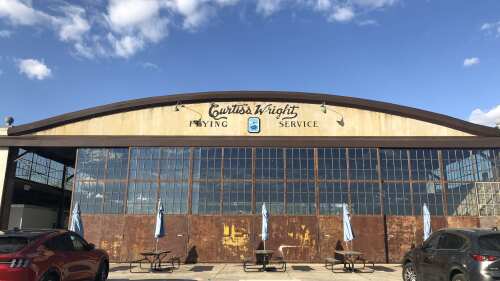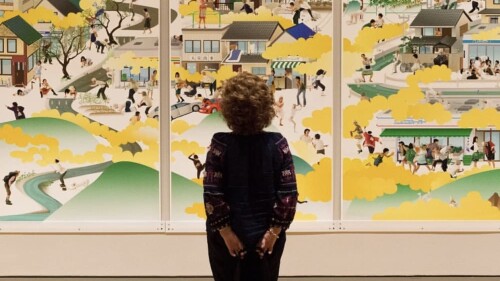Columbia has some beautiful rivers — the Saluda + Broad, which merge to form the Congaree, and flow right through the heart of the capital city. More than just providing a recreational resource, the rivers were the most important means of transportation for 50+ years.
When SC’s capital was moved from Charleston to Columbia in 1786, the demand for imports + exports increased. This led to an increase in traffic, creating the need for a canal to help the ships bypass the falls and rapids. Irish immigrants constructed the Columbia Canal in the 1820s.
From Columbia, trade boats could journey along the Congaree River to the Santee River, where they could continue to Charleston + eventually, the Atlantic Ocean. This opened up SC’s export potential to the world. The Columbia Canal was considered to be the most profitable of SC’s river canals.
After railroads became the prominent mode of transportation in the 1840s, demand for the canal dropped to occasional use but was the only canal project in SC that remained in use after the railroads.
It was later used as a source of drinking water for city residents by William Sprague, IV after he purchased the canal in 1868. (Read a full history of Columbia’s drinking water.)
After the Civil War, the canal was expanded and provided hydroelectric power to the growing mill industry in Columbia. One of the most iconic is the Columbia Mill, which was the first textile mill in the world to be powered only by electricity. The location of the mill is now where the SC State Museum resides.
Today, many citizens live, work, and play around the canal at the Riverfront Park, where they see wildlife, enjoy recreational use of the waters, and so much more.












